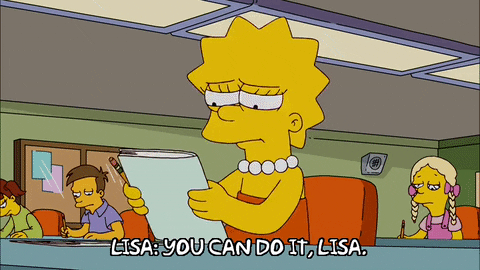Due on the OpenLab Sunday, May 9
The instructions for this week’s individual and group assignments are similar to those for Test #1 solutions, which you can see here. The group and individual assignments are combined. Each group member will submit their own post. Then the group’s secretary will compile links to each group member’s post in a group post.

The major difference between this assignment and the one for Test #1 solutions is that groups will be merged this week only to form mega groups:
- Group 1 X Group 3: meet in Group 1’s BCU room
- Group 4 X Group 5 X Group 6: meet in Group 4’s BCU room
- Group 2 X Group 7: meet in Group 2’s BCU room
Before you meet with your mega group
- Everyone was assigned different Test #2 questions in Rederly, but the 8 questions on were divided roughly into 8 categories. For your 8 test questions, determine which question was aligned with which category.
- Taylor polynomials
- Ratio/root test
- Absolute convergence/conditional convergence/divergence
- Power series
- Taylor series with radius or interval of convergence
- Geometric series
- Divergence test
- Partial sums
When you meet with your mega group
- Select a secretary for the mega group.
- Exchange contact information.
- As a group, select one group member’s question from each of the 8 categories above to create your own 8-question test. Number your test questions according to the numbering of categories above.
- If any group members struggled to categorize their own test’s questions, help them with this alignment.
- As a group, assign each group member one of the 8 questions on the group’s test to solve.
- If the mega group has fewer than 8 members, one member may be assigned more than one question.
- If the mega group has more than 8 members, the 9th member should be assigned the role of secretary (this is unlikely, but possible).
- If any group member is not sure how to solve their assigned question, work as a group to make sure everyone knows what they are responsible for.
- If you need to split up into subgroups to have these discussions, some of you may move into the other group’s BCU room.
Individual post instructions
- Submit the full solution for your assigned question as your own individual post. Title your post Test #2 Solutions and include the topic in the post title. Choose the category Test #2 Solutions before publishing.
- You may type your work or add a photo of your hand-written work to your post. Include any other thoughts you had about this problem, like why you struggled with it initially and how your group helped you understand how to approach it.
Mega group post instructions
- The secretary will have to wait until all group members have published their individual posts before they can submit the group post.
- Title your post Group m X Group n Test #2 Solutions (where m and n are your group numbers). Choose the category Test #2 Solutions before publishing.
- List each group member’s name along with their question’s topic. Link to their individual post by copying the url and pasting it into the group post. (The secretary may wish to ask group members for their urls; since every student in the class is submitting their own individual post, your own group’s may be hard to find when it’s time.)
All group members who submit individual posts which are linked from the group post will earn two participation points.





Recent Comments